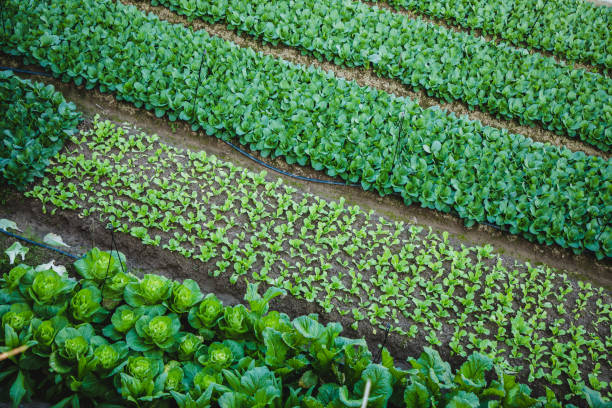A recent study reveals that enhancing plant diversity in agricultural systems could significantly bolster the carbon sequestration potential of soils.
As the agricultural sector seeks to mitigate its carbon footprint, promoting biodiversity may prove essential for developing more sustainable and climate-friendly food production systems.
Intensive farming practices have led to widespread soil degradation and increased carbon emissions.
Given that over 40% of the Earth’s land is dedicated to agriculture, agroecosystems must be integral to climate mitigation strategies. However, a limited understanding of plant-microbe interactions has so far hindered efforts to maximize soil carbon storage.
Research led by Luiz Domeignoz-Horta at the University of Zurich provides new insights into the benefits of plant diversity.
The team conducted the TwinWin experiment in Finland, examining how varying levels of plant diversity, alongside barley, affect microbial processes in the soil.

Barley was either grown alone or interplanted with up to eight different species, including nitrogen-fixing and deep-rooting varieties.
The study measured microbial carbon use efficiency to determine how effectively microbes convert carbon inputs into new biomass, rather than releasing it as carbon dioxide.
By analyzing microbial growth, soil respiration, and community dynamics, the researchers traced carbon movement through the soil’s microbial communities.
They found that higher plant diversity fostered positive interactions between microbes in the rhizosphere, enhancing community carbon use efficiency.
Additionally, increasing plant diversity led to higher overall plant biomass production without compromising barley yields. This approach offers a viable strategy for improving soil carbon retention while maintaining crop productivity.
Despite the labor-intensive nature of implementing plant diversity in farming—particularly for small-scale farmers—Domeignoz-Horta emphasizes the potential of diverse crop mixtures as a key component of “carbon farming.”
With appropriate policy support, these practices could help sequester more carbon in soils, paving the way for resilient farming systems that benefit both the environment and agricultural productivity.

